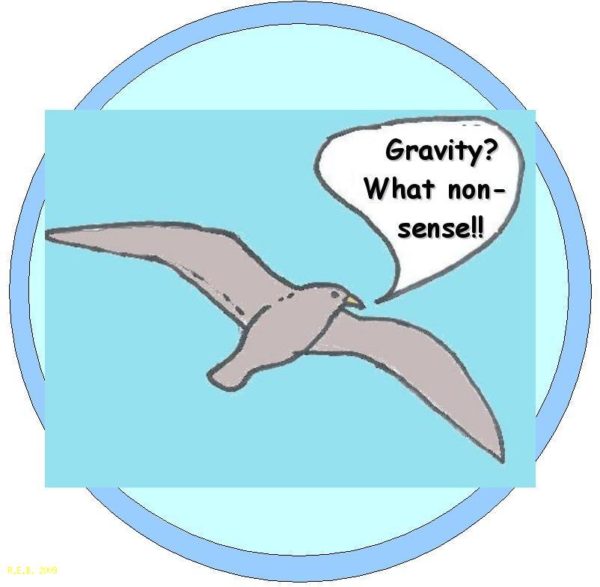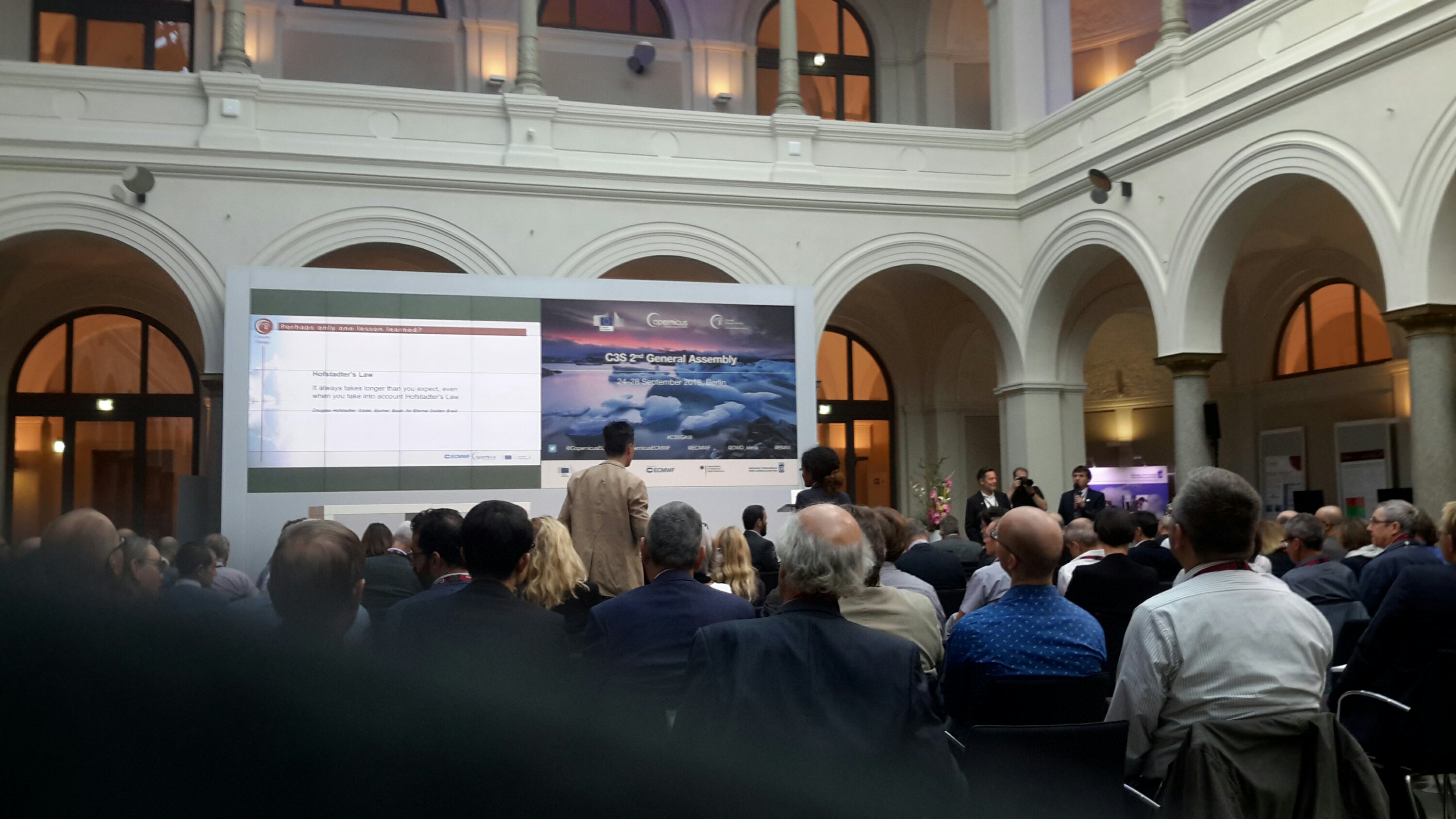A survey is being conducted by researchers of Cambridge University and Wageningen University. They have asked us to post information about it. Please share your views on climate change and reading blogs by filling out this survey. The data will be used to get a better understanding of climate change blog audiences’ views on climate change and their blog reading behavior.
What’s in it for you?
- You have a chance on winning a $20 gift card of Amazon;
- You will get a sneak preview of the preliminary results;
- You will contribute to research on climate change blogs.
Participation is anonymous, and your answers will be handled confidentially. The data is only used for research purposes.
The Cambridge University and Wageningen University team highly value your input. Please fill out the survey by following this link.
Update (22 Dec 2020): The paper describing the results of this survey has now been published (van Eck et al., 2020).
References
- C.W. van Eck, B.C. Mulder, and S. van der Linden, "Echo Chamber Effects in the Climate Change Blogosphere", Environmental Communication, vol. 15, pp. 145-152, 2020. http://dx.doi.org/10.1080/17524032.2020.1861048

